by Madhusudhan Raman
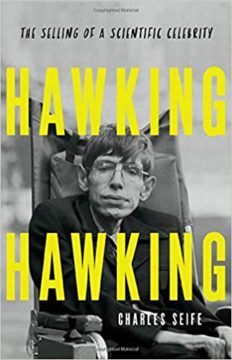 All of human life is quite literally coded into two long, complementary strands of genetic material that fold themselves into a double helix. When cells divide, copies of this genetic code must be made – a process that is known as replication. The double helix unwinds, and a “replication fork” makes its way down the helix in much the same way that a slider separates the teeth of a zipper. Once separated, enzymes get to work on replicating them. Except, only one of the strands is replicated continuously. The second strand is replicated piecewise first, and these pieces – called Okazaki fragments – are then fused together.
All of human life is quite literally coded into two long, complementary strands of genetic material that fold themselves into a double helix. When cells divide, copies of this genetic code must be made – a process that is known as replication. The double helix unwinds, and a “replication fork” makes its way down the helix in much the same way that a slider separates the teeth of a zipper. Once separated, enzymes get to work on replicating them. Except, only one of the strands is replicated continuously. The second strand is replicated piecewise first, and these pieces – called Okazaki fragments – are then fused together.
Biography, too, is an act of replication. The biographer takes a life and sets out to write its ink-and-paper twin. And while most biographers transcribe life continuously, following the natural flow of time from birth to death, Charles Seife courageously swims against the current. For in Hawking Hawking: The Selling of a Scientific Celebrity, we are treated to an Okazaki-esque biography: one that is discontinuously told, pieced together and related in reverse.
In his twenties, Stephen W. Hawking was diagnosed with amyotrophic lateral sclerosis, a neurodegenerative disorder that caused him to progressively lose control of nerve cells that allow for movement. His disability, which soon necessitated the use of a motorised wheelchair and a computerised speech device, defined him in the eyes of the public, much to his disappointment. Hawking the Pop Culture Icon was in his element in the limelight, though, enjoying a celebrity status that afforded him cameos in Star Trek and The Simpsons, in addition to a number of other documentaries. Read more »

 Hassan Abbas’s book, “The Prophet’s Heir: The Life of Ali ibn Abi Talib,” provides an excellent basis for much research, reflection and conversations.
Hassan Abbas’s book, “The Prophet’s Heir: The Life of Ali ibn Abi Talib,” provides an excellent basis for much research, reflection and conversations.


 ET Trigg. I Can’t Breathe, 2020.
ET Trigg. I Can’t Breathe, 2020.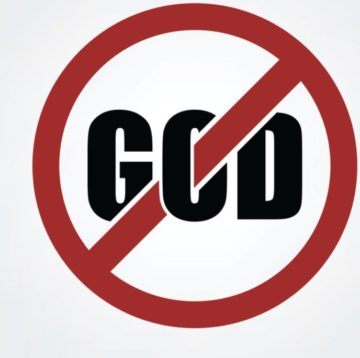 “Why, during the seventeenth century, did people who knew all the arguments that there is a God stop finding God’s reality intuitively obvious?” This, says Alec Ryrie in his Unbelievers: An Emotional History of Doubt (2019), is the heart of the question of early modern unbelief (136).
“Why, during the seventeenth century, did people who knew all the arguments that there is a God stop finding God’s reality intuitively obvious?” This, says Alec Ryrie in his Unbelievers: An Emotional History of Doubt (2019), is the heart of the question of early modern unbelief (136). On Saturday, April 10, 2021, in Fribourg in the west of Switzerland, Besuch der Lieder, the troupe of musicians with whom
On Saturday, April 10, 2021, in Fribourg in the west of Switzerland, Besuch der Lieder, the troupe of musicians with whom 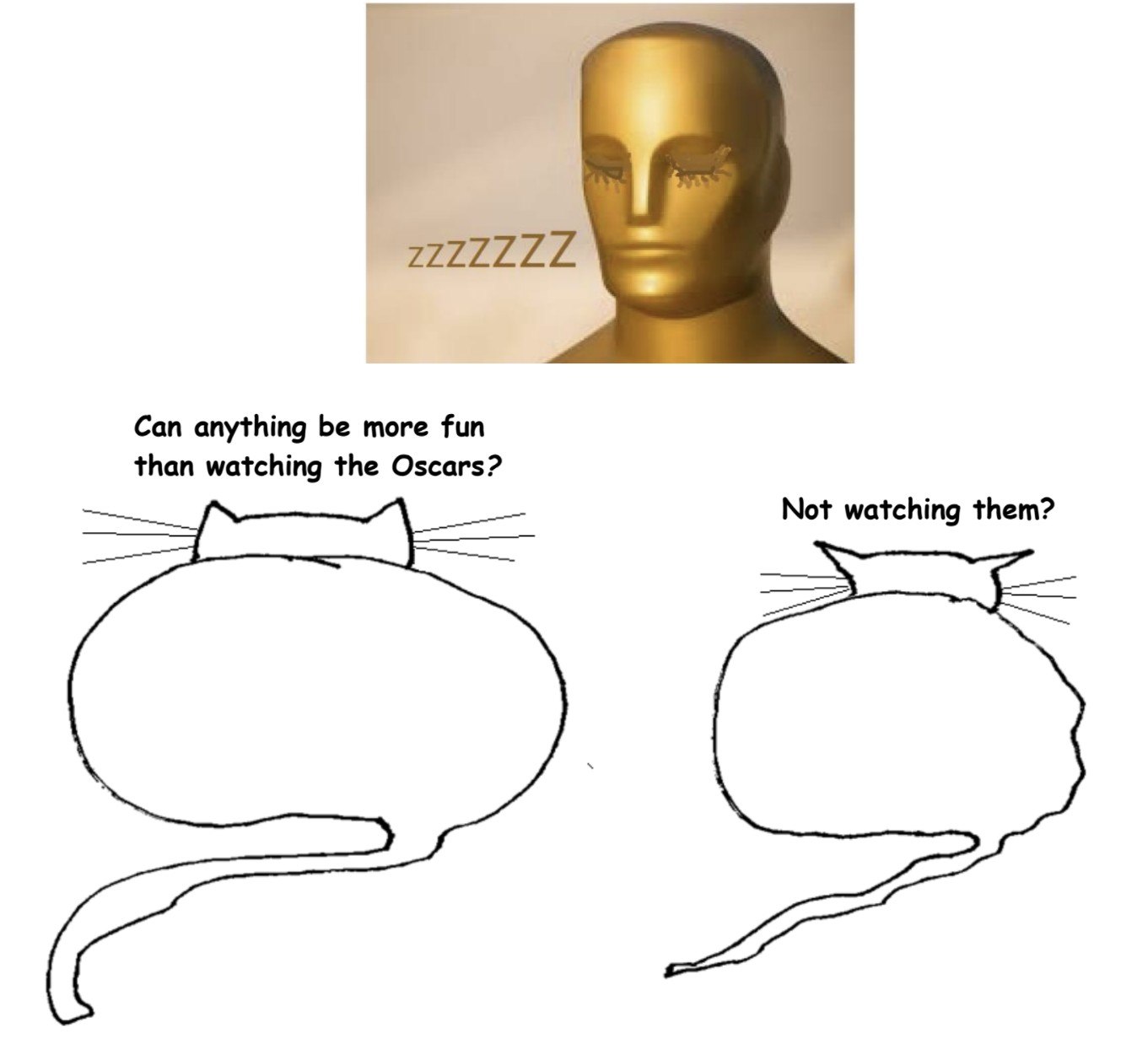
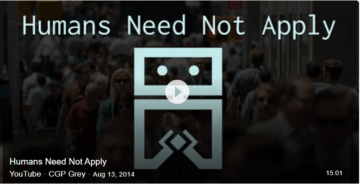
 They call it the Sargasso, this grass. It is the bane of Belize, an invasive floating weed that keeps pitchforks flailing along the waterfront. The Sargasso Sea, we know where that is. But this grass is from Brazil, Réné says. It’s a new challenge from a new place. It isn’t challenge enough just to weather a pandemic, he says. Now there’s this, too.
They call it the Sargasso, this grass. It is the bane of Belize, an invasive floating weed that keeps pitchforks flailing along the waterfront. The Sargasso Sea, we know where that is. But this grass is from Brazil, Réné says. It’s a new challenge from a new place. It isn’t challenge enough just to weather a pandemic, he says. Now there’s this, too.
 That is, we had to talk about it. I thought of a musician as someone who made a living performing music. I didn’t do that. To be sure, I made some money playing around town in a rock band and I’d spent years learning the trumpet. I’d marched in parades and at football games; I’d played concerts with various groups. But I wasn’t a full-time, you know, a professional musician, a real musician. Gren insisted that I was a musician because I played music, a lot, and was committed to it. That’s all that’s necessary.
That is, we had to talk about it. I thought of a musician as someone who made a living performing music. I didn’t do that. To be sure, I made some money playing around town in a rock band and I’d spent years learning the trumpet. I’d marched in parades and at football games; I’d played concerts with various groups. But I wasn’t a full-time, you know, a professional musician, a real musician. Gren insisted that I was a musician because I played music, a lot, and was committed to it. That’s all that’s necessary.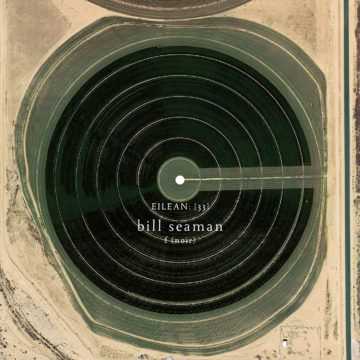 Podcast time!
Podcast time! 

 Ekua Holmes. There’s No Place Like Home.
Ekua Holmes. There’s No Place Like Home.